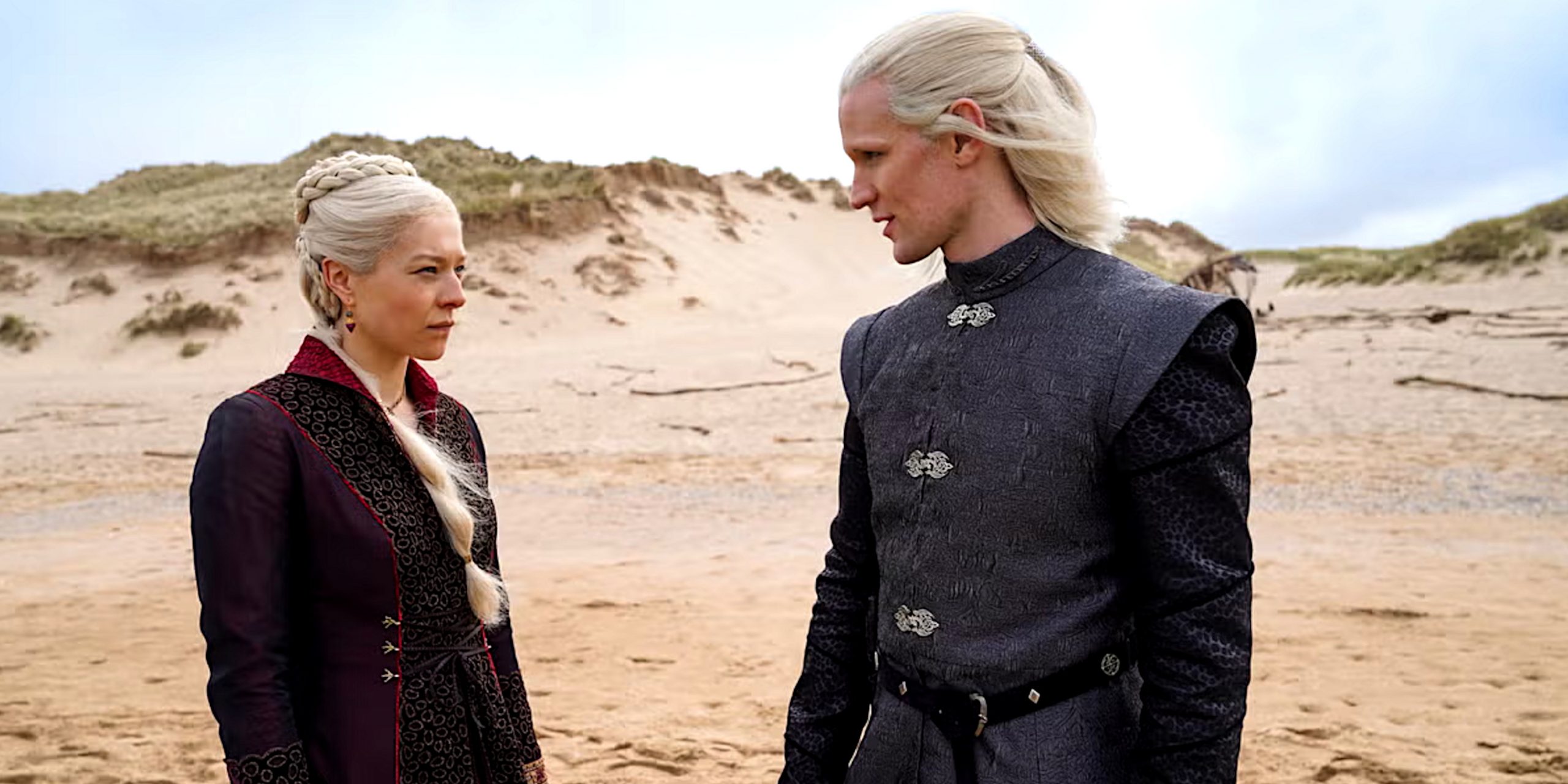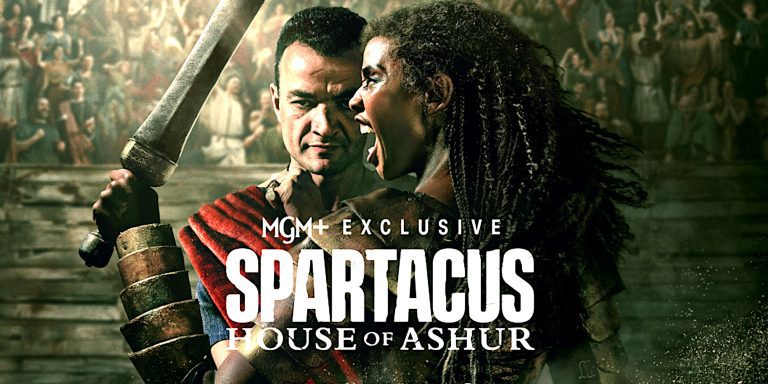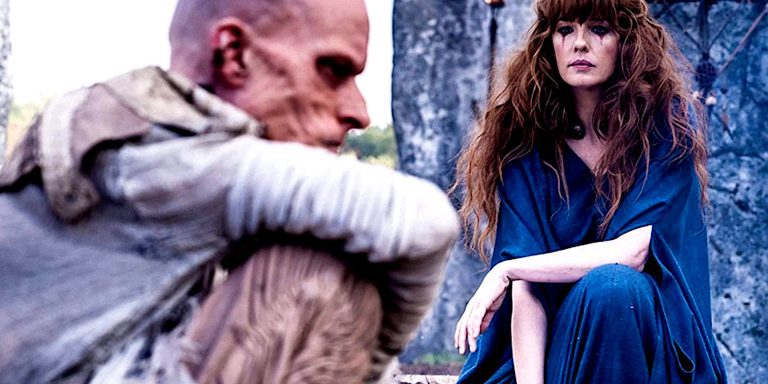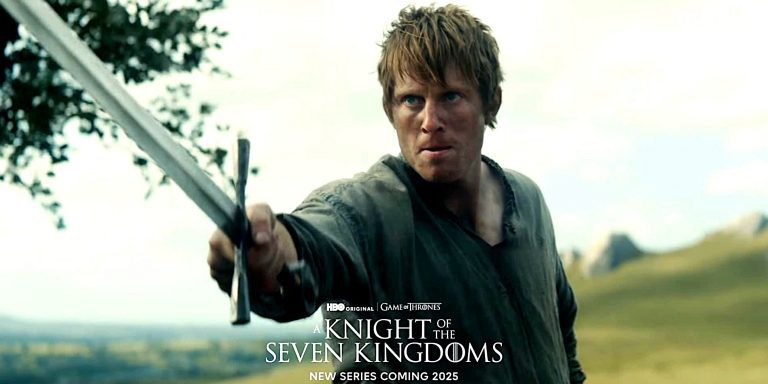
House of the Dragon, HBO’s prequel to Game of Thrones, shifts the way audiences perceive the Targaryen dynasty. Set nearly two centuries before Daenerys Targaryen’s rise, it presents a family already at the height of its power but on the edge of internal collapse. This isn’t a tale of conquest, but of decay. The show reframes the Targaryens not as mythical dragonlords, but as deeply flawed individuals shaped by ambition, tradition, and fear.
From Gods to People: Humanising the Dynasty
In Game of Thrones, Targaryens are either absent legends or mythologised figures. Daenerys speaks of her ancestors as conquerors and visionaries. By contrast, House of the Dragon strips back the myth and presents the dynasty in its most human form.
King Viserys I is not a tyrant or warrior, but a weary ruler trying to hold together a brittle realm. Rhaenyra, once a child with promise, is hardened by political games and betrayal. Daemon, unpredictable and dangerous, is also fiercely loyal and emotionally fractured. These are not demigods. They are a ruling family warped by inheritance, incest, and legacy.
Dynastic Power and Gender Politics
A major thematic shift lies in how the show handles succession and gender. The central conflict around Rhaenyra’s claim to the throne challenges the Targaryen tradition and Westerosi norms. While Daenerys in Game of Thrones faces resistance as a woman trying to reclaim her family’s legacy, Rhaenyra’s struggle unfolds within the Targaryen court, exposing fractures that were always there.
Rather than focusing on foreign conquest or liberation, the show turns inward. Court politics, backroom deals, and quiet betrayals dominate the story. It reveals how the seeds of the Targaryens’ downfall were sown not in war with outsiders, but through mistrust within the family itself.
The Dragons as Symbols of Control and Collapse
Dragons in House of the Dragon are not just weapons of war. They are symbols of what the Targaryens both control and fail to contain. As Viserys says, they were the source of power, but also a force the family never truly mastered.
This interpretation differs sharply from Daenerys’ bond with her dragons in Game of Thrones, which was emotional and intimate. Here, dragons are dangerous, political assets. Riders may command them, but the show hints that control is more illusion than reality. As the Dance of the Dragons unfolds, this point becomes unavoidable. The creatures that elevated House Targaryen will help destroy it.
A House Already Splintering
What House of the Dragon makes clear is that decline began long before the Mad King or Robert’s Rebellion. The show presents a dynasty already unravelling from within. Its power masks fragility. The Targaryens of this era are not conquering heroes, but cousins, brothers, and half-siblings caught in webs of envy and suspicion.
Even the Iron Throne itself is different. It is no longer the cleaner, more symbolic seat from Game of Thrones. Here it is more dangerous, jagged, and imposing. Characters cut themselves on it. It becomes a literal and metaphorical reminder that power wounds, and ruling breaks even the strongest.
Legacy and Loss
House of the Dragon reframes the Targaryens as a tragic house, not just a fallen one. The audience already knows where this leads, but the show gives weight to the choices that led there. It does not excuse their actions, but it does make them understandable.
This lens reshapes how we view the later figures in the Targaryen line. Daenerys, once seen as the last hope of her house, is now the descendant of centuries of violence and decay. Her fate becomes less a surprise, and more the inevitable end to a story that began long before her birth.
The Seven Swords takeaway
House of the Dragon offers a more intimate, complex, and damning view of House Targaryen. It focuses not on fire and blood as spectacle, but on what those words actually cost. The result is a portrait of power inherited, misused, and ultimately unsustainable. Far from mythic rulers, the Targaryens are revealed as human beings trapped by their name, their dragons, and the throne they built.



